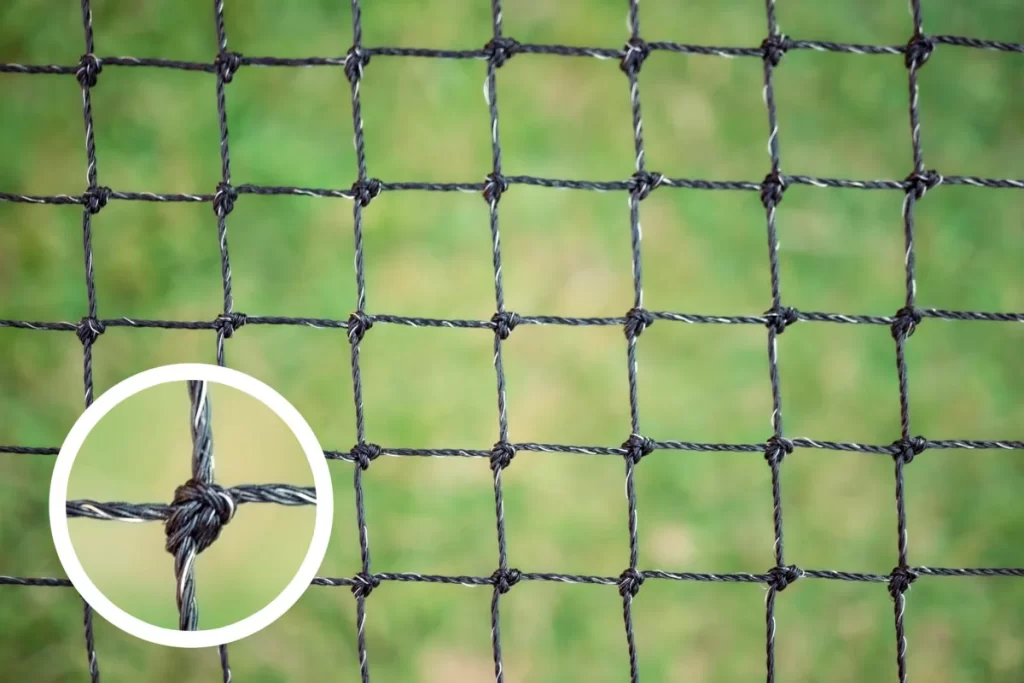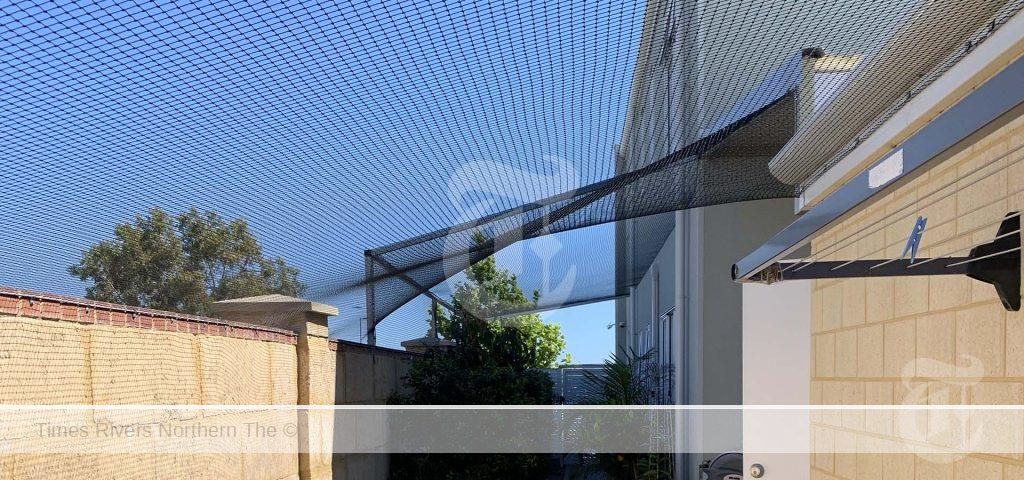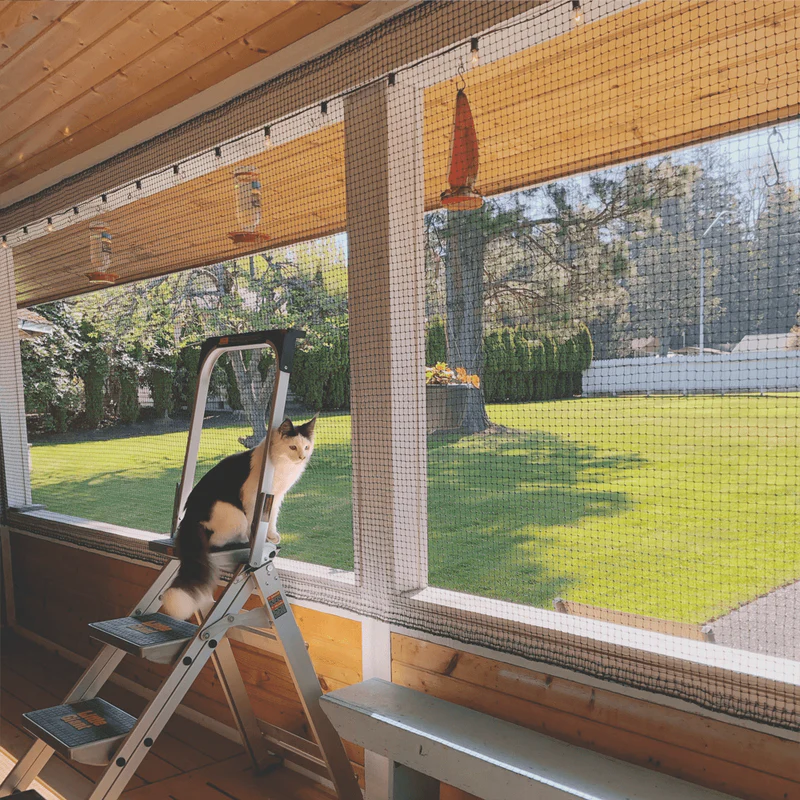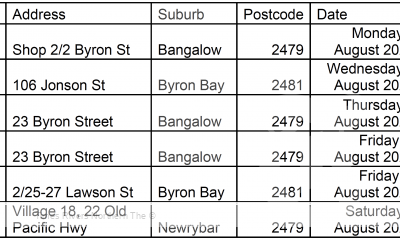Cat Netting for Your Garden
A Safe and Effective Solution for Pet Owners
By Liam Jennings
If you’re a cat owner with a love for gardening, balancing the safety of your feline friend with the well-being of your plants and wildlife can be challenging. Cats are naturally curious creatures and love to roam, explore, and hunt. However, allowing them unrestricted access to your garden or the neighbourhood can pose risks to both your pets and the environment. One effective solution that has gained popularity is cat netting, which provides a safe outdoor space for your cat without allowing them to wander freely.
What is Cat Netting?
Cat netting, also known as a cat enclosure or cat-proof fencing, is a type of mesh or net system designed to keep cats confined to a specific area while allowing them to enjoy outdoor space safely. It can be installed around your garden, backyard, or on balconies, creating a contained environment where cats can explore, play, and relax without the risk of escaping or coming into harm.
The mesh used is usually sturdy and flexible, making it resistant to scratching or tearing by curious cats. The netting is typically installed at a height and angle that prevents cats from climbing over it, ensuring they stay within the designated area.

Cat Netting Example – Photo by Catnets
Benefits of Cat Netting
1. Keeps Your Cat Safe
One of the primary reasons for installing cat netting is to keep your beloved pet safe. Outdoor cats are exposed to numerous dangers, including traffic, predators, and poisonous plants. By confining them to a specific space within your garden, you reduce these risks significantly. Cat netting prevents your pet from wandering into busy streets or getting into dangerous encounters with other animals.
2. Protects Wildlife
Cats are natural hunters, and when left to roam freely, they can have a devastating impact on local wildlife, particularly birds, small mammals, and reptiles. By using cat netting, you help protect the local ecosystem and prevent your cat from indulging in its predatory instincts. This is especially important in regions where certain species are vulnerable or endangered.
3. Keeps Your Garden Intact
If you’ve spent time and effort creating a beautiful garden, the last thing you want is your cat digging up your plants, using garden beds as litter boxes, or damaging fragile flowers and vegetables. Cat netting can help keep your garden intact by preventing your feline from accessing certain areas, allowing you to enjoy both a happy cat and a thriving garden.
4. Allows Your Cat to Enjoy the Outdoors
Indoor cats can become bored or stressed if they lack stimulation, and outdoor time can provide them with mental and physical enrichment. With cat netting, your cat can enjoy fresh air, sunshine, and the sights and sounds of nature without the dangers associated with being a free-roaming outdoor cat. It’s the perfect balance between safety and exploration.
5. Customisable and Flexible
Cat netting systems come in various shapes and sizes, and they can be easily tailored to fit your specific garden layout. Whether you have a small balcony, a spacious backyard, or a compact urban garden, there’s a cat netting solution that can be adapted to your space. You can choose permanent installations or temporary, movable netting depending on your needs.

Cat Netting over a laneway – Photo by Kitty Kingdom
Installing Cat Netting
Step 1: Plan Your Enclosure
Decide where you want to place the netting and how much space you want to allocate for your cat. Consider factors such as the height of fences, proximity to neighbouring properties, and access to shaded areas. Measure the perimeter of the area to determine how much netting you will need.
Step 2: Choose Your Materials
You’ll need durable, weather-resistant mesh or netting material, and any necessary hardware, such as clips, fasteners, or brackets. Look for netting specifically designed for cats, which will be strong enough to withstand scratching and climbing.
Step 3: Install Support Poles
If your garden already has a fence, wall, or other structure, you can install directly onto that structure. You can also get designated poles to hold the netting in if you don’t have a solid structure. To stop the cat from climbing over the net, insert poles and netting at an angle towards the base. The poles should be angled inward at around 45 degrees to prevent your cat from climbing over the netting.
Step 4: Attach the Netting
Once the poles are in place, attach the netting to the top of the fence or poles using fasteners or clips. Make sure the netting is taut and free of gaps where a determined cat could squeeze through. The netting should extend across the entire area you wish to enclose.
Step 5: Secure the Base
Check the base of the netting to ensure there are no gaps where your cat could dig under or slip through. You can secure the bottom of the netting with pegs or stones if necessary.
Step 6: Monitor and Adjust
After installation, observe your cat’s behaviour to ensure they cannot escape or find weaknesses. Make any adjustments to the structure as needed.
Final Thoughts
Cat netting is an excellent investment for pet owners who want to give their cats the freedom to enjoy the outdoors while keeping them safe and protecting the garden. It’s a humane solution that benefits both your cat and the local wildlife. Whether you’re a seasoned gardener or a new pet owner, it offers peace of mind, knowing that your cat can enjoy nature without the associated risks.
For more local news, click here.





 Tweed Shire News2 years ago
Tweed Shire News2 years ago
 Motoring News2 years ago
Motoring News2 years ago
 COVID-19 Northern Rivers News3 years ago
COVID-19 Northern Rivers News3 years ago
 COVID-19 Northern Rivers News3 years ago
COVID-19 Northern Rivers News3 years ago
 Northern Rivers Local News3 years ago
Northern Rivers Local News3 years ago
 Health News3 years ago
Health News3 years ago
 COVID-19 Northern Rivers News3 years ago
COVID-19 Northern Rivers News3 years ago
 NSW Breaking News3 years ago
NSW Breaking News3 years ago



























